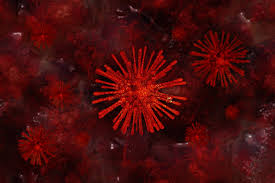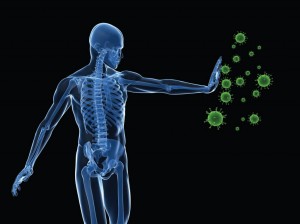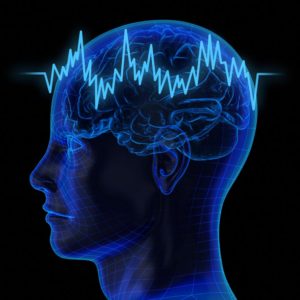The ability of the bizarre prion protein to cause an array of degenerative brain conditions may help solve a puzzle in Alzheimer’s research why the disease sometimes kills within a few years, but usually causes a slow decline that can take decades. By adopting tools used to study the prion protein, PrP, researchers have found variations in the shape of a protein involved in Alzheimer’s that may influence how much damage it causes in the brain.
At the Prion 2015 meeting, held on 26–29 May in Fort Collins, Colorado, neuroscientist Lary Walker described how he has borrowed a technique from prion research to study different ‘strains’ of the amyloid-β protein, which accumulates in clumps in the brains of people with Alzheimer’s. It may be that differences between the strains account for variations in the disease’s symptoms and rate of progression. “The Alzheimer’s field has not been paying enough attention to what’s happening in the prion field,” says Walker, who is based at Emory University in Atlanta, Georgia.
Shape change
Similarities between rare prion diseases and common neurodegenerative diseases such as Alzheimer’s have been noted for decades: both are thought to involve proteins in the nervous system that change shape and clump together. In prion diseases, a misfolded, often foreign, protein induces cascading malformation of the native prion protein in a patient’s brain. In Alzheimer’s, proteins called tau and amyloid-β accumulate within and around nerve cells, though what triggers that process and the role of the deposits in the disease is unclear.
Some have suggested that these clumps develop as they do in prion diseases — starting from a single ‛bad seed’. Over the past few years, a raft of papers has shown that misfolded tau and amyloid-β proteins can propagate in mouse brains in much the same way as PrP does1.
“The way these proteins misfold and propagate is virtually identical,” Walker says.
But the diseases themselves are not. Alzheimer’s is usually marked by a gradual progression of dementia, memory loss and personality changes. Prion diseases tend to progress much more quickly, and although all are caused by the same protein, their characteristics vary widely. Kuru, a disease discovered among a Pacific island people who practised ritual cannibalism, causes, among other symptoms, uncontrollable laughter and tremors, whereas fatal familial insomnia kills mainly by depriving its sufferers of sleep. The differences in how prion illnesses manifest are thought to depend on which misfolded shape PrP takes on.
That observation has led researchers to investigate whether similar differences in the folding of tau and amyloid-β proteins may explain differences in how Alzheimer’s develops and how fast it progresses. In an analysis2 published this year, an assay that was originally developed to detect irregularly shaped prions found that patients’ conditions worsened faster if their plaques took on a particular shape as a result of a surfeit of one form of amyloid-β, amyloid-β42.
Hidden plaques
At the Colorado meeting, Walker presented a case study of a person with Alzheimer’s disease whose brain was found on post-mortem examination to be riddled with amyloid-β plaques, as expected. Yet the plaques were surprisingly insensitive to a diagnostic imaging molecule that is typically used to detect them. By taking advantage of luminescent compounds that have been used to isolate prions, Walker showed that the patient’s protein aggregates had an unusual architecture that made them invisible to the diagnostic technique. Other research groups are gathering evidence for amyloid-β strains using nuclear magnetic resonance techniques, or applying prion assays to probe whether different strains of tau exist.
“Before, people paid a lot of lip service to the idea that a prion model could be useful, but now people are doing a lot more serious work with it,” says Glenn Telling, a prion researcher at Colorado State University in Fort Collins and one of the meeting’s organizers.
But even enthusiasts warn that it is too early to draw conclusions about the clinical significance of discovering different strains of Alzheimer’s plaques. Some are wary of linking neurodegenerative and prion diseases, especially when prion biology is still so poorly understood. And considering prion and non-prion diseases together “could give the misleading impression that you could catch Alzheimer’s from visiting your grandmother”, says Virginia Lee, who works on neurodegenerative diseases at the University of Pennsylvania in Philadelphia. “There is absolutely no evidence that’s possible, and it would be a dangerous thing to imply.”







